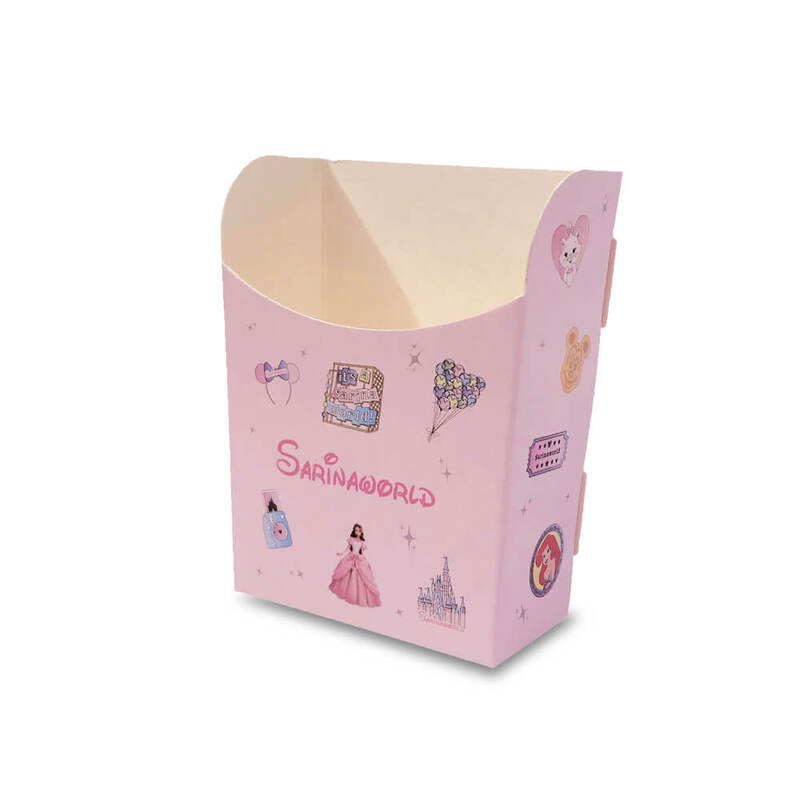The Versatility and Importance of Cling Wrap in Modern Life
Cling wrap, also known as plastic wrap or food wrap, is one of those common household items that often go unnoticed in its everyday utility. This thin plastic film, primarily made from polyvinyl chloride (PVC) or low-density polyethylene (LDPE), has become an integral part of food preservation and storage. Its appeal lies not just in its function but also in its multifaceted applications, leading to discussions about sustainability, convenience, and food safety.
One of the primary functions of cling wrap is its ability to protect food from external contaminants. When we purchase fresh produce, leftovers, or prepared meals, the risk of spoilage and contamination is ever-present. Cling wrap serves as an effective barrier against dust, bacteria, and other environmental factors that could compromise food quality. By creating an airtight seal around containers or directly over dishes, it helps in maintaining freshness. The transparency of cling wrap also allows for easy identification of contents, making it a popular choice in kitchens worldwide.
Moreover, cling wrap plays a crucial role in reducing food waste. According to the United Nations Food and Agriculture Organization, approximately one-third of the food produced globally is wasted. One effective strategy to combat this issue is through proper food storage, and cling wrap is a simple yet powerful tool in this regard. It can keep uneaten portions of meals safe for subsequent consumption, limiting the need for reheating and excessive preparation. By extending the shelf life of food, cling wrap helps promote more mindful eating habits and reduces the pressure on our food supply chains.
cling wrap

In addition to its primary use in the kitchen, cling wrap has found numerous other applications. Creative minds have discovered that it can be employed in various crafting and DIY projects, from protecting surfaces during painting to creating molds for various art pieces. In gardening, cling wrap is often used to propagate cuttings by creating a mini greenhouse effect. The versatility of cling wrap demonstrates its potential beyond food storage, making it a valuable tool in various realms of home and garden care.
However, the environmental impact of cling wrap cannot be overlooked. The convenience of single-use plastics, including cling wrap, has contributed to plastic pollution, which poses significant challenges to our ecosystems. Many cling wraps are not recyclable, leading to increased landfill waste. In response to these concerns, consumers and manufacturers are exploring more sustainable alternatives. Beeswax wraps, silicone covers, and reusable food storage bags are examples of eco-friendly substitutes that are gaining popularity. These alternatives offer similar benefits without the environmental guilt associated with traditional cling wrap.
As awareness about environmental issues grows, it is vital for consumers to make informed choices. If cling wrap is to be used, opting for brands that prioritize sustainability through the use of recycled materials or biodegradable options can mitigate its environmental impact. Additionally, proper recycling practices for cling wrap can help reduce its footprint, although the recycling process can be complicated given its plastic composition.
In conclusion, cling wrap is an indispensable item that showcases the balance between convenience and environmental responsibility. While it plays a significant role in food preservation and has numerous other applications, it is imperative to acknowledge its environmental challenges. As we navigate through modern life, finding ways to utilize cling wrap thoughtfully and adopting sustainable alternatives where possible will help ensure that we protect our planet while enjoying the benefits this versatile product offers. By making conscious choices, we can enjoy the convenience of cling wrap while also recognizing our responsibility toward a more sustainable future.



